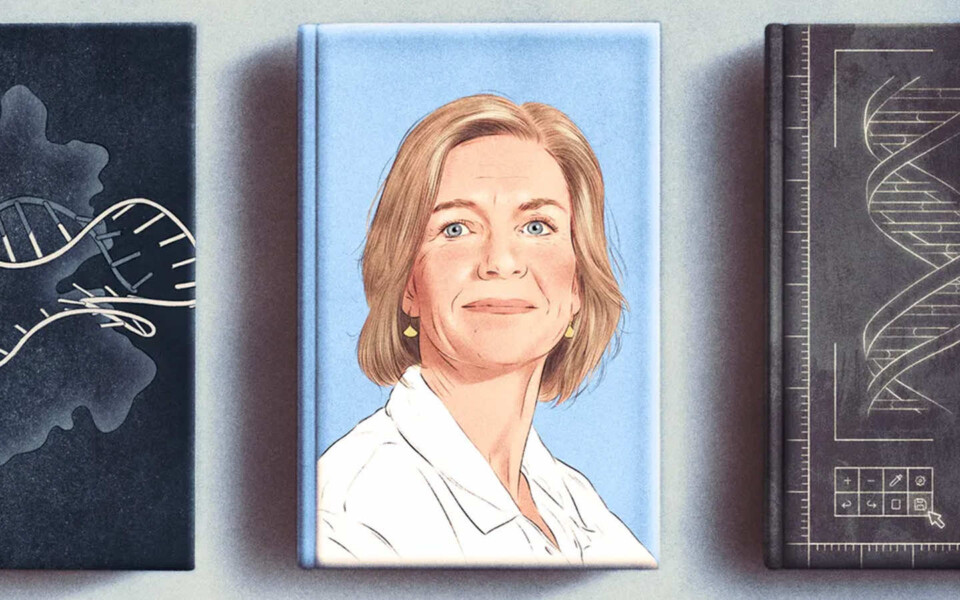Jennifer Doudna on the Brave New World Being Ushered In by Gene Editing
The technology’s promise can sound like science fiction—it might help us adapt to a radically different climate, or grow organs for people in need—but experts are also concerned about its potential side effects.
In 2012, the biochemist Jennifer Doudna and her colleague Emmanuelle Charpentier developed a method for using RNA-guided proteins to edit specific sections of DNA. Their innovation—for which the two won the Nobel Prize in Chemistry, in 2020—is known as the CRISPR-Cas9 gene-editing system.
CRISPR has since been used to alter plants (to, for instance, produce greater yields), insects (preventing them from carrying certain diseases), and people (to treat sickle-cell disease).
The technology’s promise can sound as if derived from science fiction: it might help us adapt to a radically different climate, or grow organs for those in need, or reprogram a cancer patient’s own cells to target tumors. But there are also worries about its possible side effects, both biological and social.
A few weeks ago, Doudna, who works at the University of California, Berkeley, and founded the Innovative Genomics Institute talked to us about a few books that she thinks best equip one to understand the promise and potential peril of the gene-editing revolution. Her remarks have been edited and condensed.


